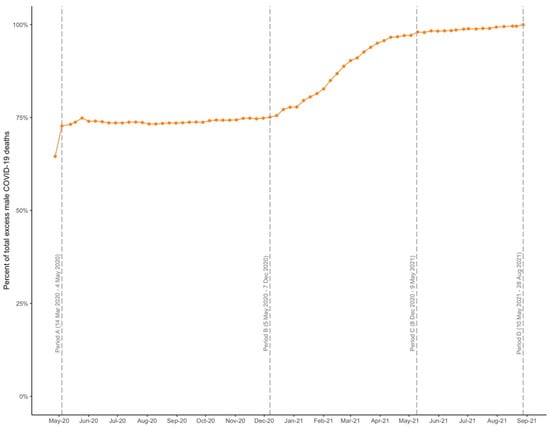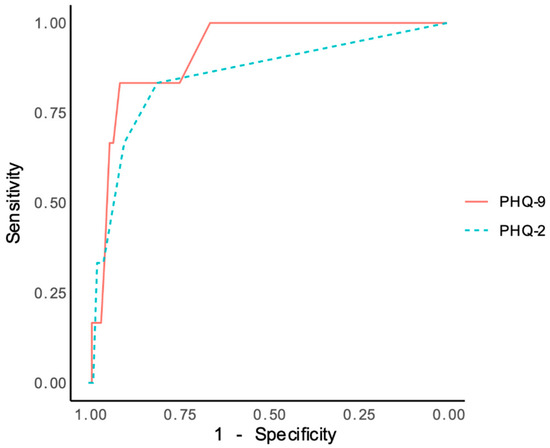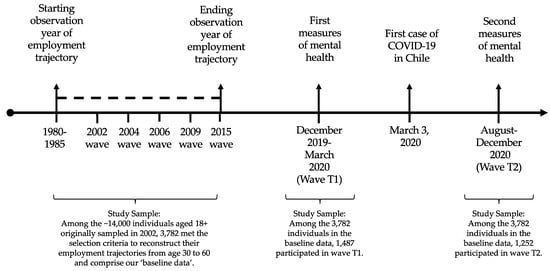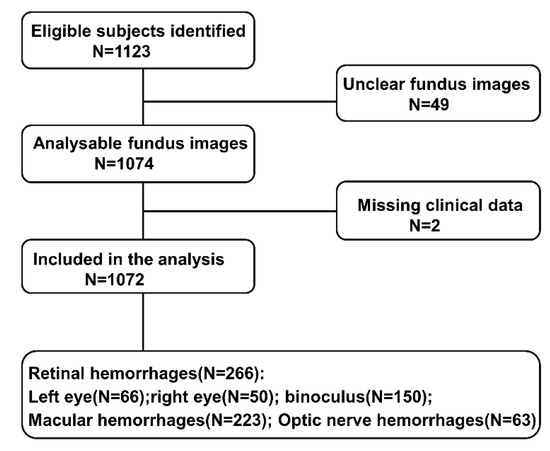Int. J. Environ. Res. Public Health 2022, 19(21), 14091; https://doi.org/10.3390/ijerph192114091 - 28 Oct 2022
Cited by 3 | Viewed by 2421
Abstract
From the early stage of the millennium development goals campaign, HIV/AIDS, tuberculosis and malaria have received huge aid funds. With the datasets published by the Institute for Health Metrics and Evaluation, Organization for Economic Cooperation and Developments, and World Health Organization from 2005
[...] Read more.
From the early stage of the millennium development goals campaign, HIV/AIDS, tuberculosis and malaria have received huge aid funds. With the datasets published by the Institute for Health Metrics and Evaluation, Organization for Economic Cooperation and Developments, and World Health Organization from 2005 to 2017, we analyzed the association between the total DAH or DAH per capita and the disease burden. We measured the total DAH or DAH per capita as the dependent variable, with six independent variables of disease burden for Disability Adjusted Life Year (DALY), number of infected people, number of deaths, prevalence, incidence, and mortality rate. For the trend in ODA targeting, the likelihood ratio test of the fixed effects models was used to assess any existence of slope changes in linear regression across the years. The total amount of DAH and DAH per capita was found positively related with every aspect of disease burden, with the regression coefficients increasing during 2005–2017. For instance, the slope of association between the DAH per capita and the disease burden of malaria became steeper over time (likelihood ratio, χ2 = 26.14, p < 0.001). Although the selection criteria for the recipient country have been controversial, ODA targeting has been performed based on disease burden in this research.
Full article
(This article belongs to the Section Global Health)
►
Show Figures











